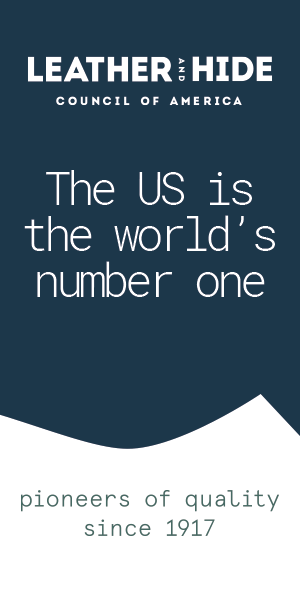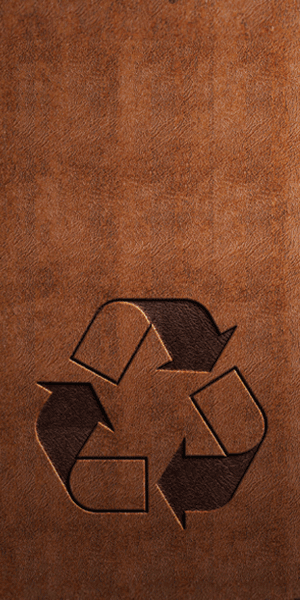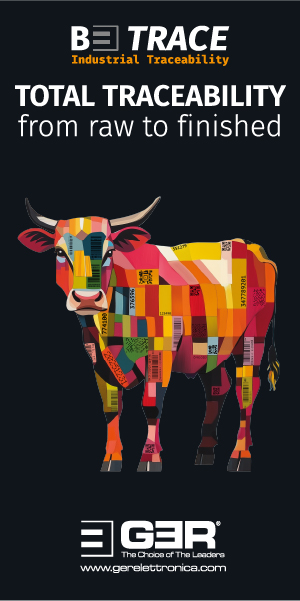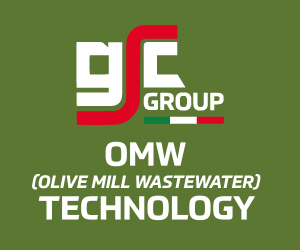Leather in the land of 3.5 million cattle farmers

Brazil’s main leather industry body CICB celebrates its 65th year in 2022. Its executive president says this shows how many stories the Brazilian leather industry has to tell.
What does it mean to you personally and to the whole of the leather industry in Brazil to celebrate 65 years of CICB?
We are very happy and proud to reach 65 years because this shows the power and the long history that the leather sector has in Brazil. The industrial chain we belong to is huge and has been in place for a long time. We have partner entities such as Assintecal and Abimóvel that also have a long tradition, starting in the 1980s and 1990s. But we can see that it was the leather industry that started this by becoming a representative body of the sector in 1957. We are united and we seek to improve the sector and society as a whole. Our 65 years show how much history CICB has behind it and how many stories we have to share.
How would you summarise the situation of the industry in Brazil now, in the second half of 2022?
Well, there is quite a lot of caution because we have seen signs of possible stagnation in the consumption of non-essential products. In parallel, there has been a diminution of production in China because of ongoing covid-19 restrictions. Then there is the fall-out from the war between Ukraine and Russia, which is increasing production costs for clients in Europe who are buyers of Brazilian leather. The third problem is high inflation which is causing the cost of living to go up across the entire world. This is going to restrict consumers’ ability to buy products that use leather, including new furniture and new cars. With this scenario of high inflation, people have to use their incomes to pay for food, school fees, day-to-day transport and other things that we cannot avoid, so there is less money available for other products. The war is a real problem, obviously for the people directly involved most of all, but it has happened just when the market was showing excellent signs of recovery. It seems unbelievable to me that there could be a war like this in the twenty-first century, killing children, old people, and entire families, preventing people from living freely the lives they want to live, destroying whole environments. It is unacceptable.
Why does the subject of deforestation continue to come up as, specifically, an angle of attack against the leather industry? Why does this keep coming back?
For each head of cattle, 60% of the final value comes from meat and 40% from all the by-products, one of which is the hide. Our material, in the end, represents between 1% and 2% of the value the meat company receives. No one anywhere in the world buys land to raise cattle thinking about leather; they think about the meat or, if they have dairy cattle, about milk too. Leather is only a by-product. Nevertheless, leather is a product that has many different uses, including shoes, bags, belts, upholstery, automotive interiors and so on. And leather lasts a long time. If you buy a leather sofa it can last for 30 or 40 years. Bags can stay in the same family for 60 years. A lot of meat, on the other hand, has vanished within a week: a restaurant buys it or a family buys it and the meat disappears. But leather remains. We are totally against illegal deforestation and there is the need always to seek the best production practices and take a careful look at each process, but this must be addressed by all actors in the chain, and there are many of them. The Brazilian leather industry is permanently attentive to the development of new technologies, partnerships and solutions that can improve its processes and deliver to customers the quality and the sustainability they demand.
But if brands and consumers in some parts of the world are convinced that they can help combat deforestation by rejecting leather and other products from Brazil, what do you think, after years of wrestling with this, is the best way to respond? What is the best way to convince big brands to contribute to the solution?
It’s an interesting question. There is movement on this in Brazil. A lot of work is going on among the institutions in the chain, including the agribusiness sector and the federal government. Technology providers are involved too, developing software tools that will help producers in rural areas enhance their environmental efficiency. The development of these tools, naturally, needs financial support. The Brazilian government is giving support, but I repeat: it is very important to have all the actors involved, which include livestock suppliers, customers and end consumers. Brazil is very big: we have about 3.5 million cattle ranchers, most of them relatively small. This makes it difficult for management programmes to reach producers in remote areas where the use of technology and internet access are limited, but there is a constant quest to achieve this goal. It is clear that more than 95% of Brazilian agribusinesses work in perfect alignment with the legislation, in keeping with best practice in sustainability. Brazil has a vast territory, 60% of which is in the Amazon region, where more than 25 million people live, so it is obvious that there is a great focus throughout our country on preserving and sustaining this environment. This is a daily and tireless commitment in Brazil.
What can the tanning industry do to counter negative perceptions of Brazilian leather resulting from these campaigns?
We have our CSCB programme, which stands for Certificação de Sustentabilidade do Couro Brasileiro, or the Brazilian Leather Certification of Sustainability. We launched it in 2015 and it is established now. The CSCB is audited by a body accredited by the National Institute of Metrology, Standardisation and Industrial Quality (INMETRO), which has a mutual recognition agreement in the IAF (International Accreditation Forum) and the ILAC (International Laboratory Accreditation Cooperation) framework. This guarantees the international standing of CSCB accreditation. We have had in the past particular partnership agreements signed, as with ICEC, from Italy, in 2018. When it comes to the LWG gold level, Brazil has the highest number of tanneries certified at this level, proportionately. We have 240 tanneries in Brazil and a large number of them are LWG gold. There are tanneries that have LWG and CSCB certification.
Is it time for the whole of the global leather industry to stop being so defensive and go on the offence? If so, what is the best way in your opinion to do that?
I always point out that the leather industry is millennia old, but it needs to focus its efforts even more on the modern world of communications; good communication is not one of the greatest strengths of our industry. This is a challenge. In a general sense, tanners understand that CICB and other institutions should take the responsibility for communicating about the industry, presenting it in a positive light. But that requires a big budget to make sure you reach the right target audience. It seems that, for young people, for example, leather may not be the most attractive subject to talk about. They have other interests and concerns to talk about and don’t seem to think much about our industry. Also, it would be good if the relationships between meat companies and tanners were better. We do have to become more proactive in communicating about leather.
CICB executive president, José Fernando Bello.
Credit: CICB






























